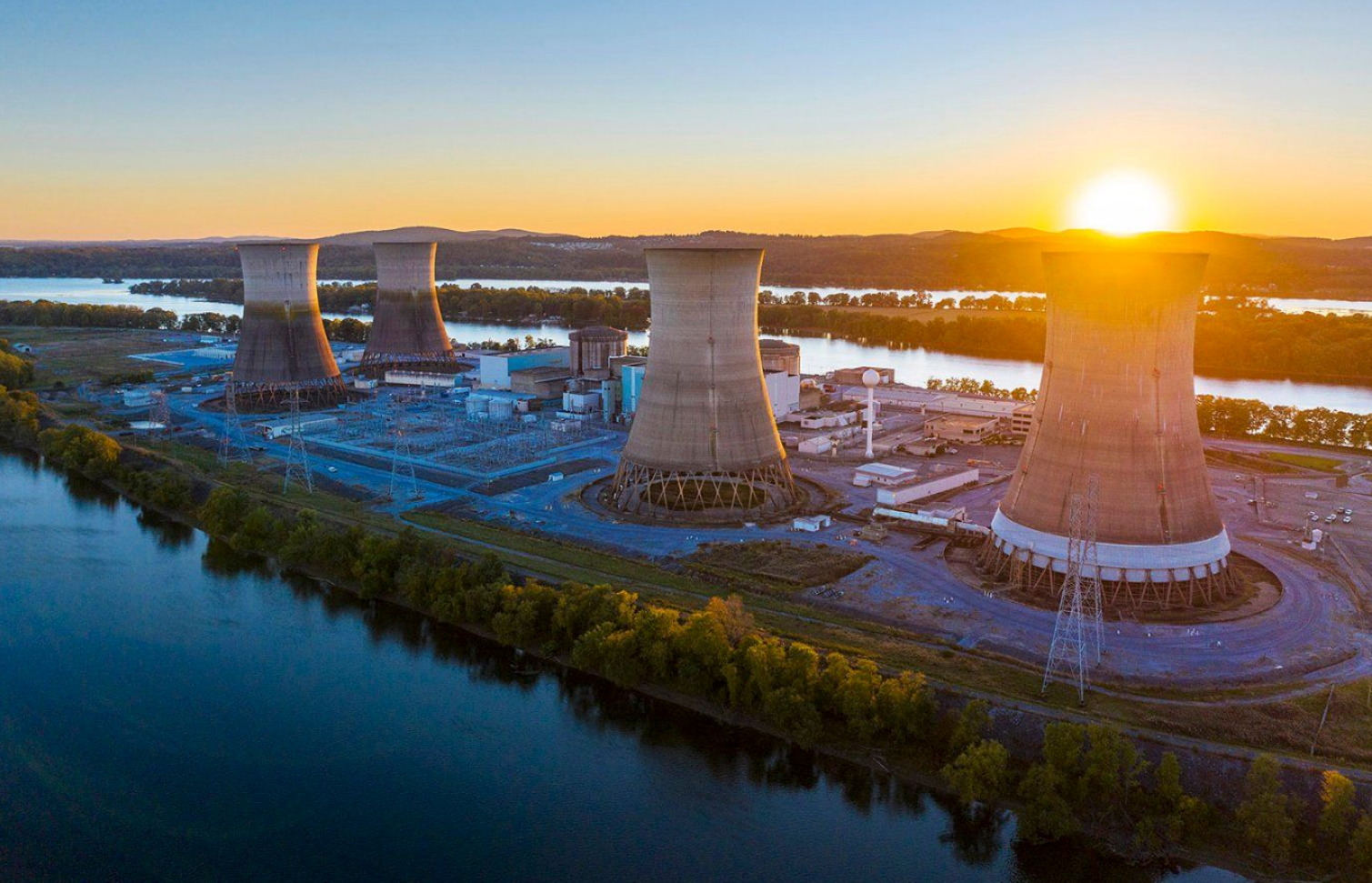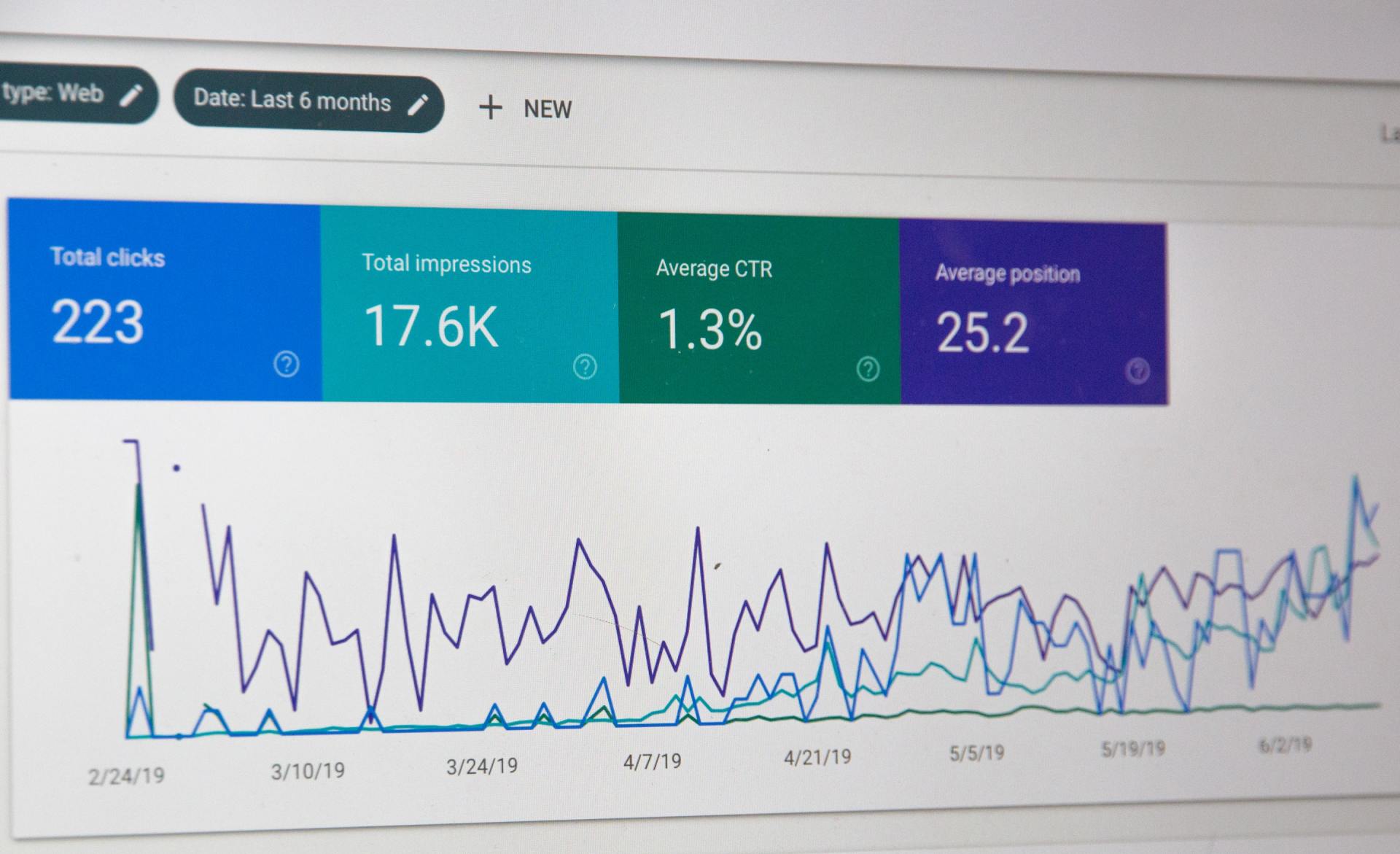
Historic Nuclear Revival Linked to AI’s Rise in Silicon Valley
By
Joseph Provence, a news contributor who writes about technology, small business, SEO, and e-commerce.
Jan 14,2025 2:30 PM MST
Nobody imagined Three Mile Island would make energy headlines again. Yet here we stand in 2025, watching Constellation Energy attempt something unprecedented: bringing a dead nuclear reactor back to life. The company's goal? Powering Microsoft's mushrooming artificial intelligence operations.
Unit 1 at Three Mile Island (TMI-1) had quietly generated electricity for 800,000 Pennsylvania homes until money troubles forced it dark in 2019. Now it's at the center of a controversial revival that has nuclear experts both excited and worried. The plant's neighbor, TMI-2, remains a sobering reminder of what can go wrong – it melted down in 1979 in America's worst nuclear accident.
Bryan, a lead engineer at the site who showed reporters around the facility, laid out their five-step resurrection plan. "The reactor vessel itself is probably about 70 feet tall," he explained, pointing to a massive concrete wall. Inside that vessel, workers will need to carefully place uranium fuel rods, each packed with hundreds of pellets "the size of a Jolly Rancher."
The steam system requires especially careful attention. Back in '79, a broken water pump started a cascade of failures that led to radioactive steam escaping into the air. Today's engineers crawl through miles of pipes with electronic probes, hunting for any weakness that could spell trouble.
Walking through the facility feels like stepping into a time machine that's being dragged into the future. The control room still has its 1970s aesthetic, but operators have developed their own modern safety system – removing pieces of black tape as they verify each control works properly. Every switch, every gauge, every backup system must prove itself before the plant can wake up.
The human element matters most. Victor Gilinsky, who helped clean up after the 1979 disaster, remembered walking those same halls in a moon suit, holding out radiation meters like fishing poles. "When it started clicking faster, you didn't go there," he said with a grim laugh. The experience taught him that people, not machines, were the weak link. Operators simply didn't understand their plant well enough when crisis struck.
That lesson sparked a revolution in nuclear training. Today's control room staff need engineering degrees. They practice emergencies in exact plant replicas. Every move follows strict procedures born from past mistakes.
But some worry these hard-learned lessons might get fuzzy. A new law, the ADVANCE Act, pushes to speed up plant restarts. Gilinsky fears rushing things: "Safety is subtle. Small mistakes snowball."
Wall Street, meanwhile, loves the idea. Constellation's stock shot up 46% after announcing the restart. Silicon Valley's keeping close watch too. Their AI systems are energy hogs – Microsoft alone expects to need 90,000 gigawatt-hours by 2026. That's why they've already claimed every electron TMI-1 will produce.
The Three Mile Island experiment isn't happening in isolation. Michigan's Palisades plant is also climbing out of retirement, and another facility might follow. Each restart could write the playbook for a nuclear comeback across America.
Nuclear power's role in our energy future remains hotly debated. But watching workers methodically prepare TMI-1 for its second act, you can't help but see the strange poetry: a plant that once embodied nuclear fear now represents hope – both for clean energy advocates and the power-hungry AI revolution reshaping our world.
The real test lies ahead. As the
Nuclear Regulatory Commission's chairman admitted, this is "uncharted regulatory territory." The next few months will show whether America can safely recycle its nuclear past to power its AI future.




